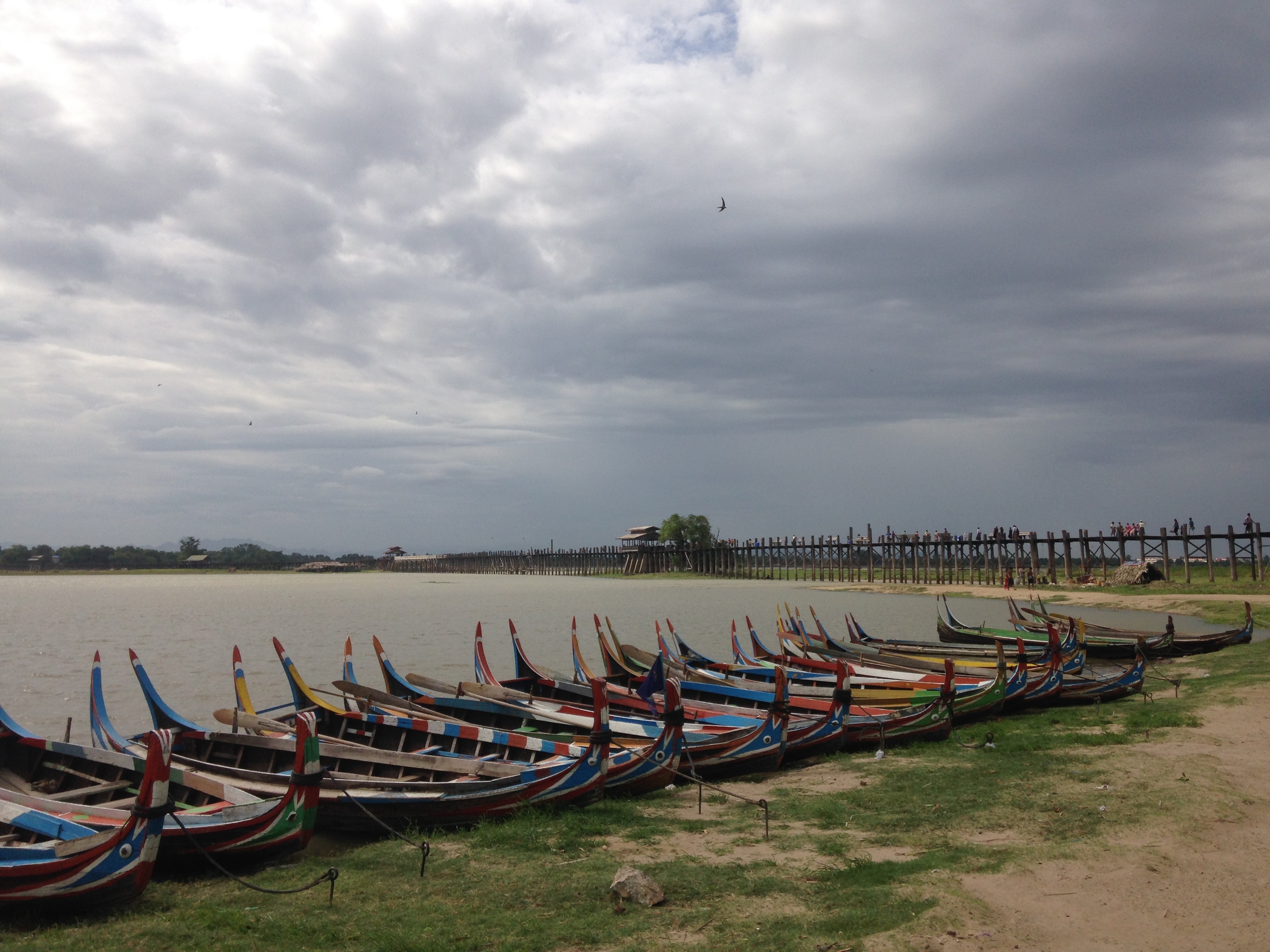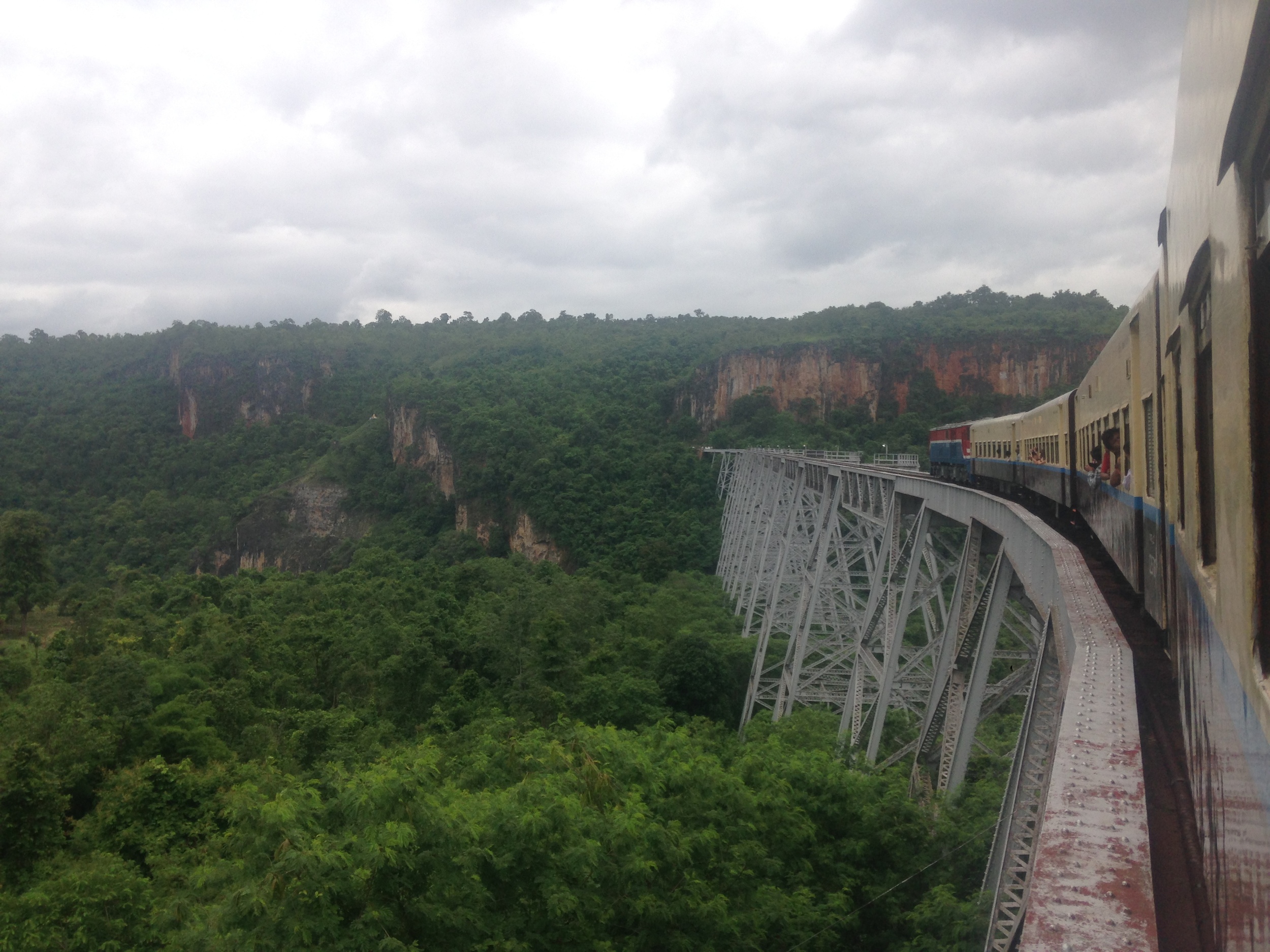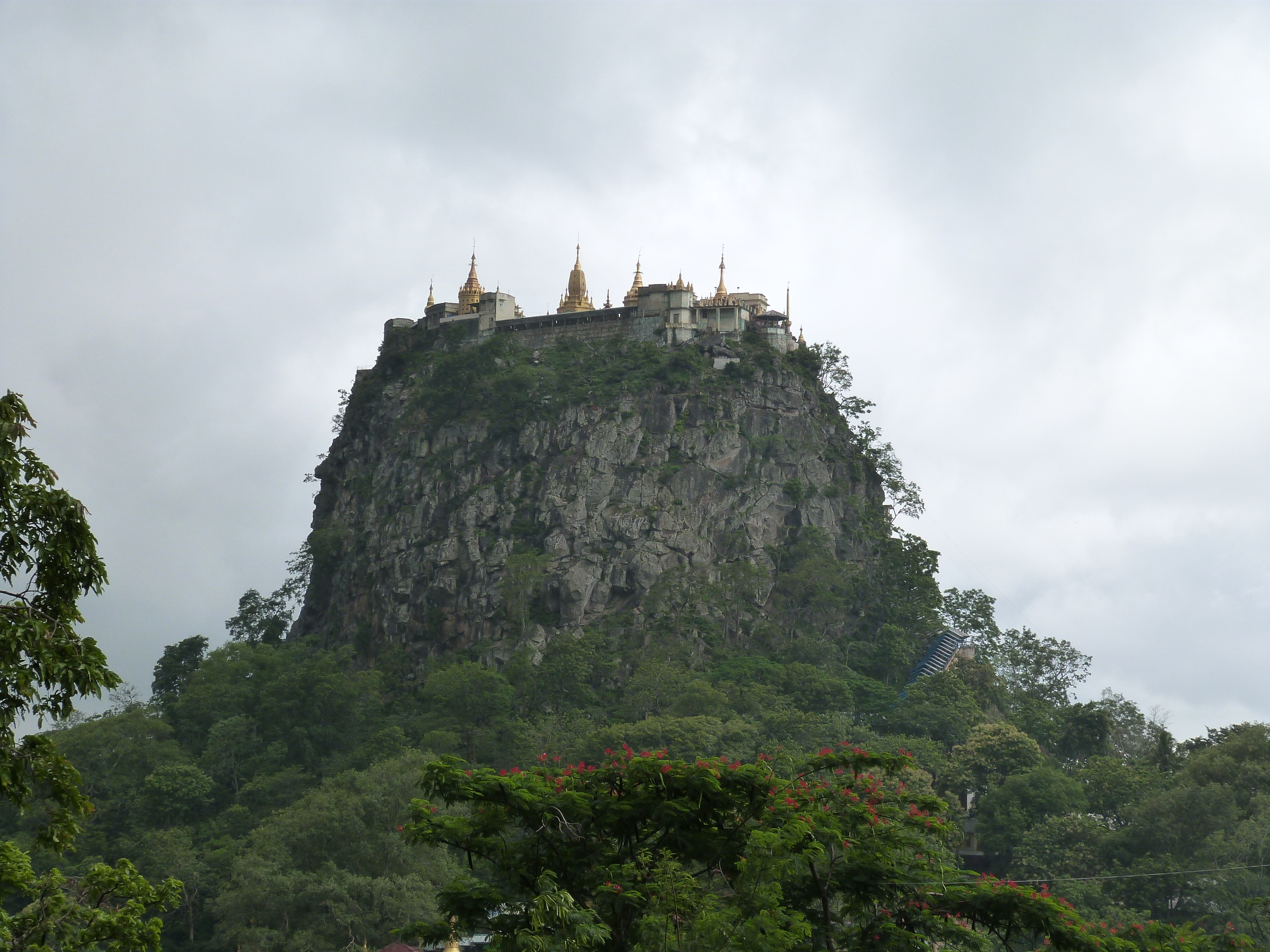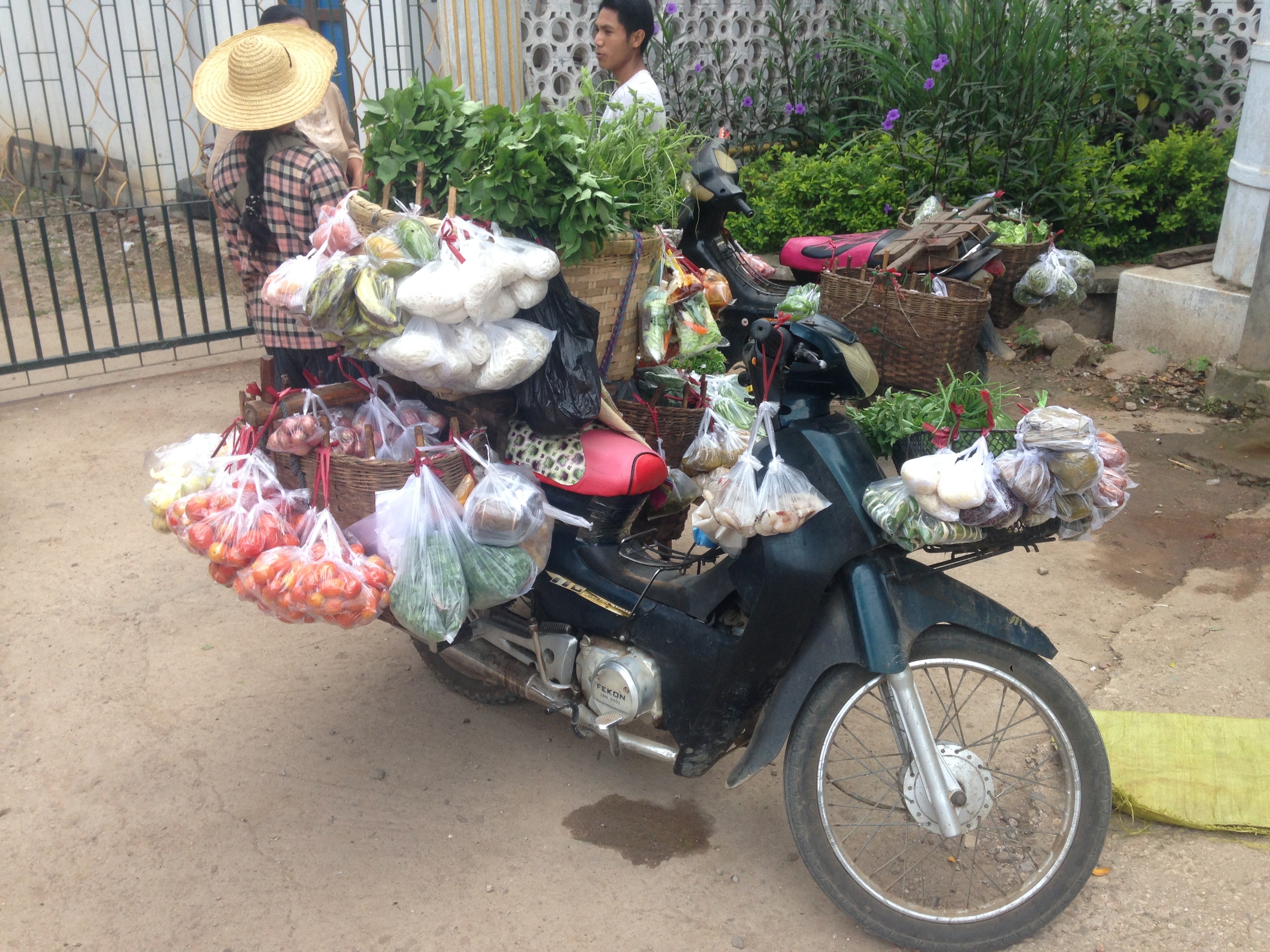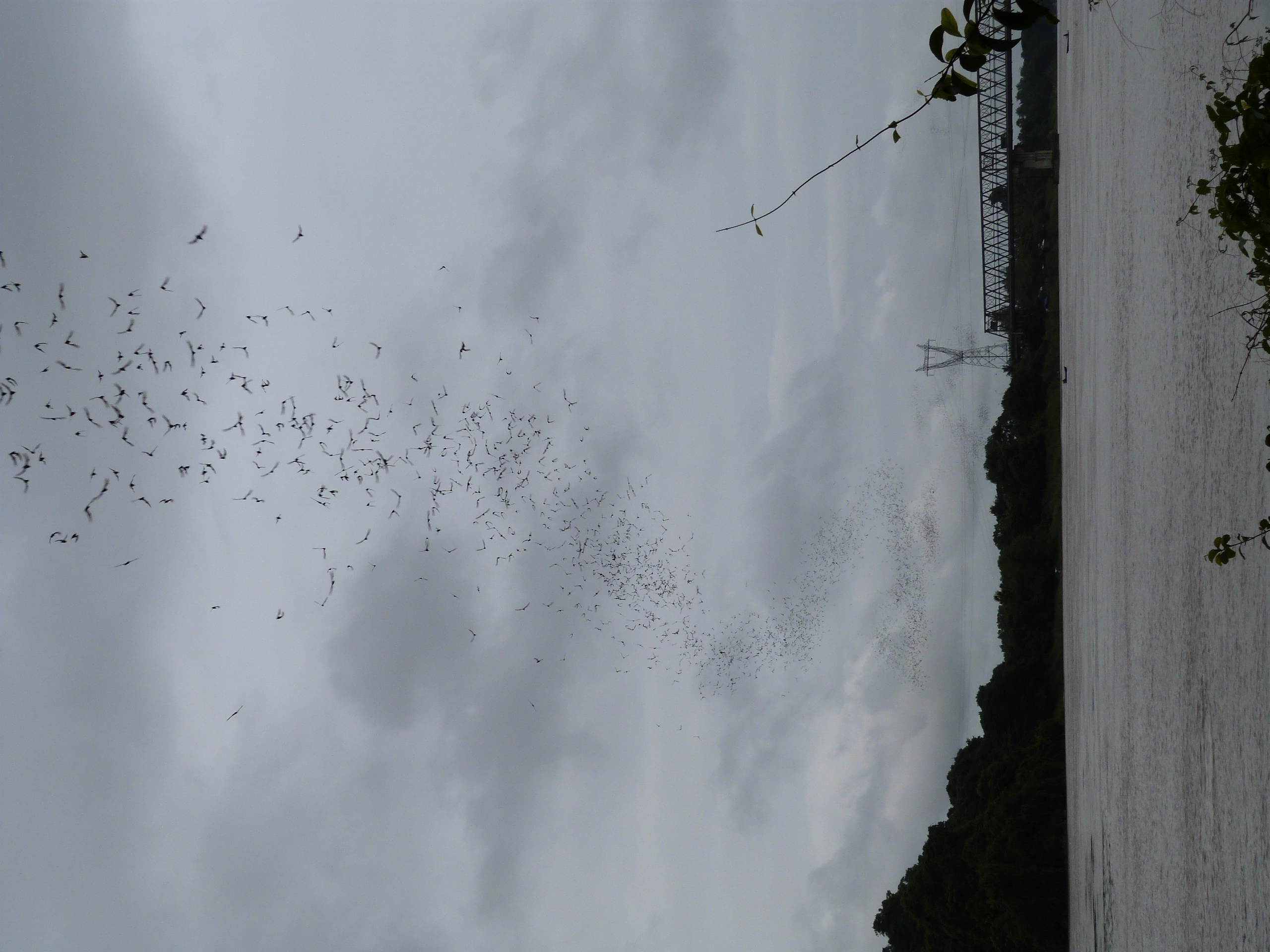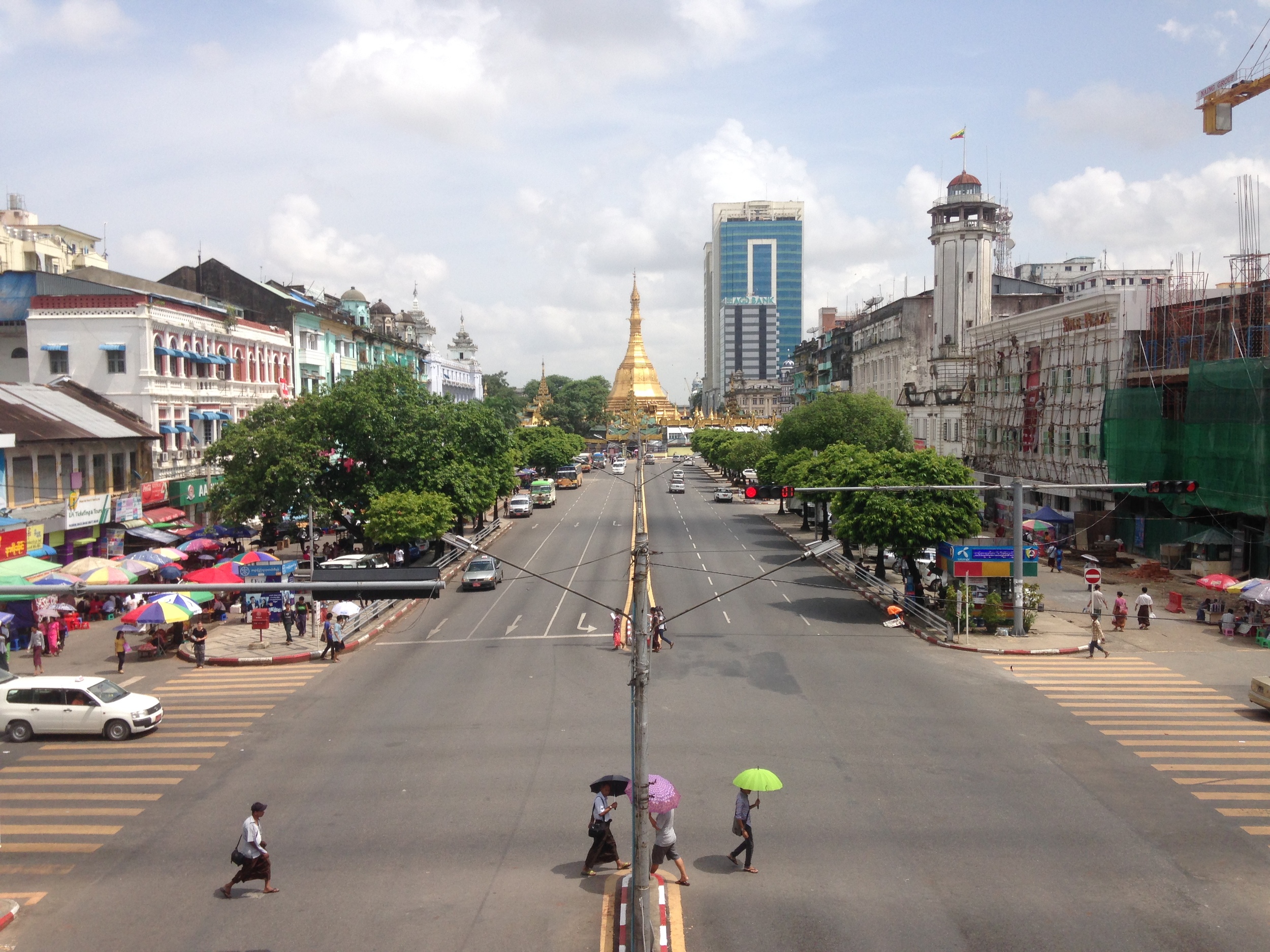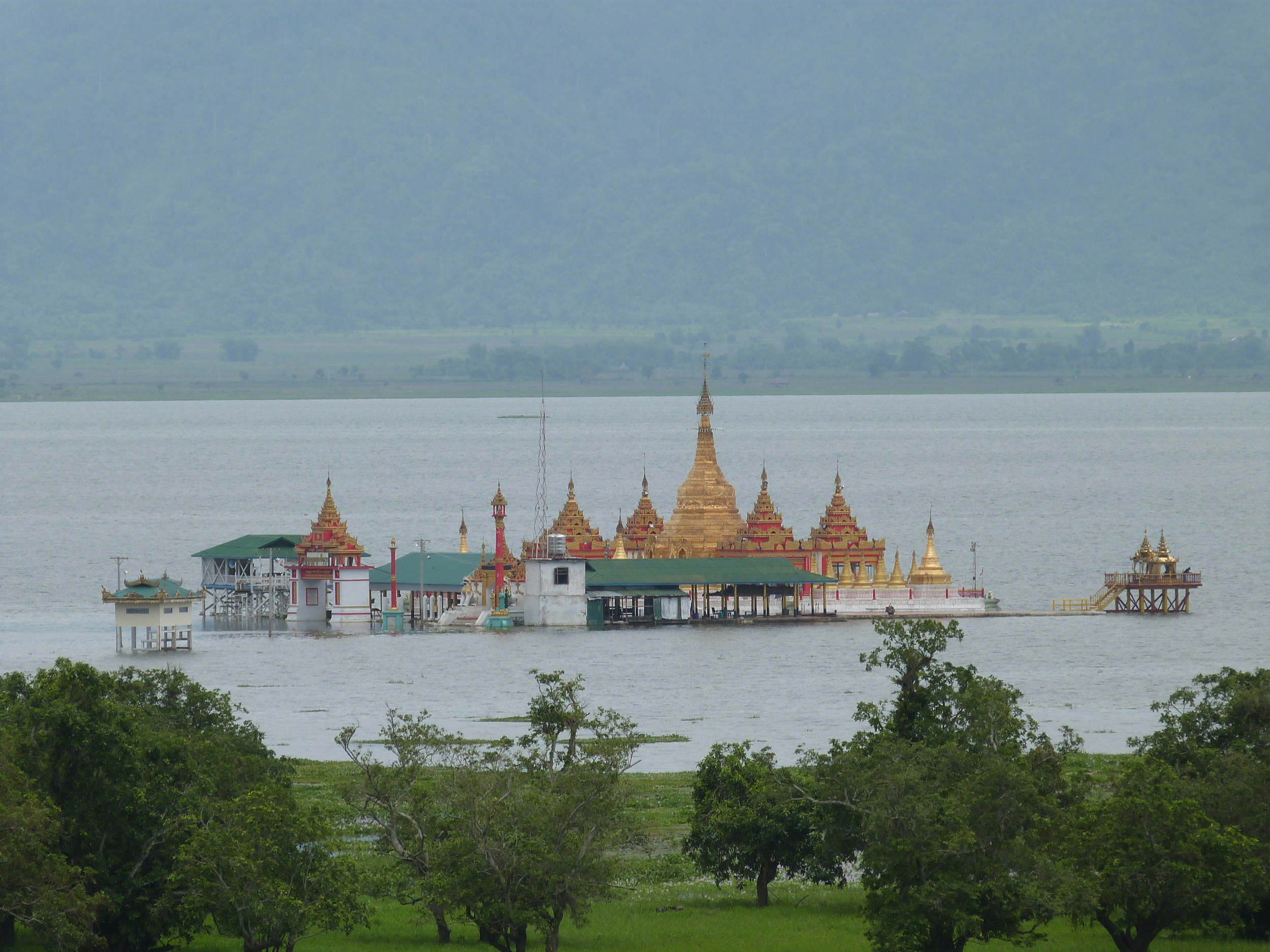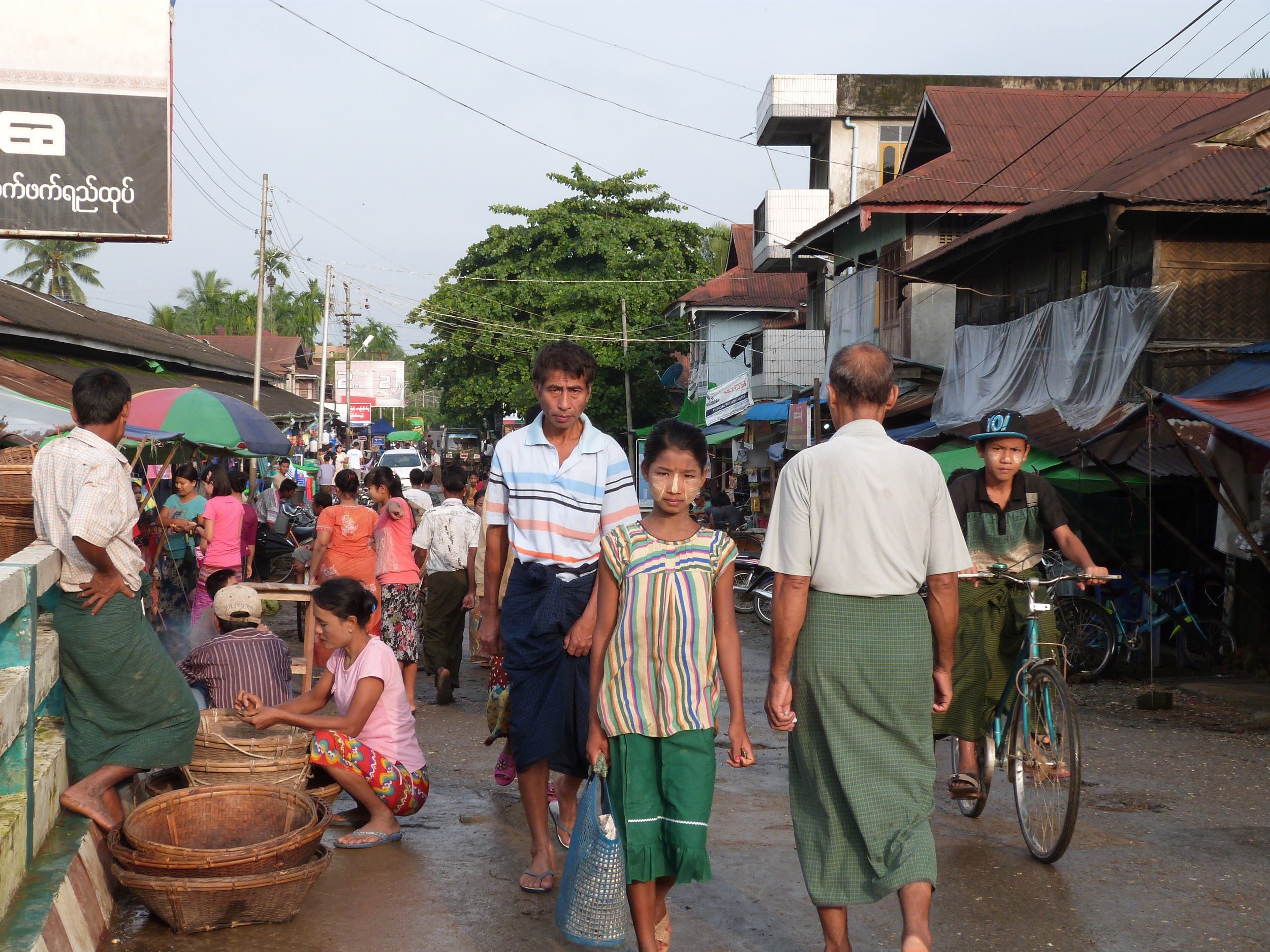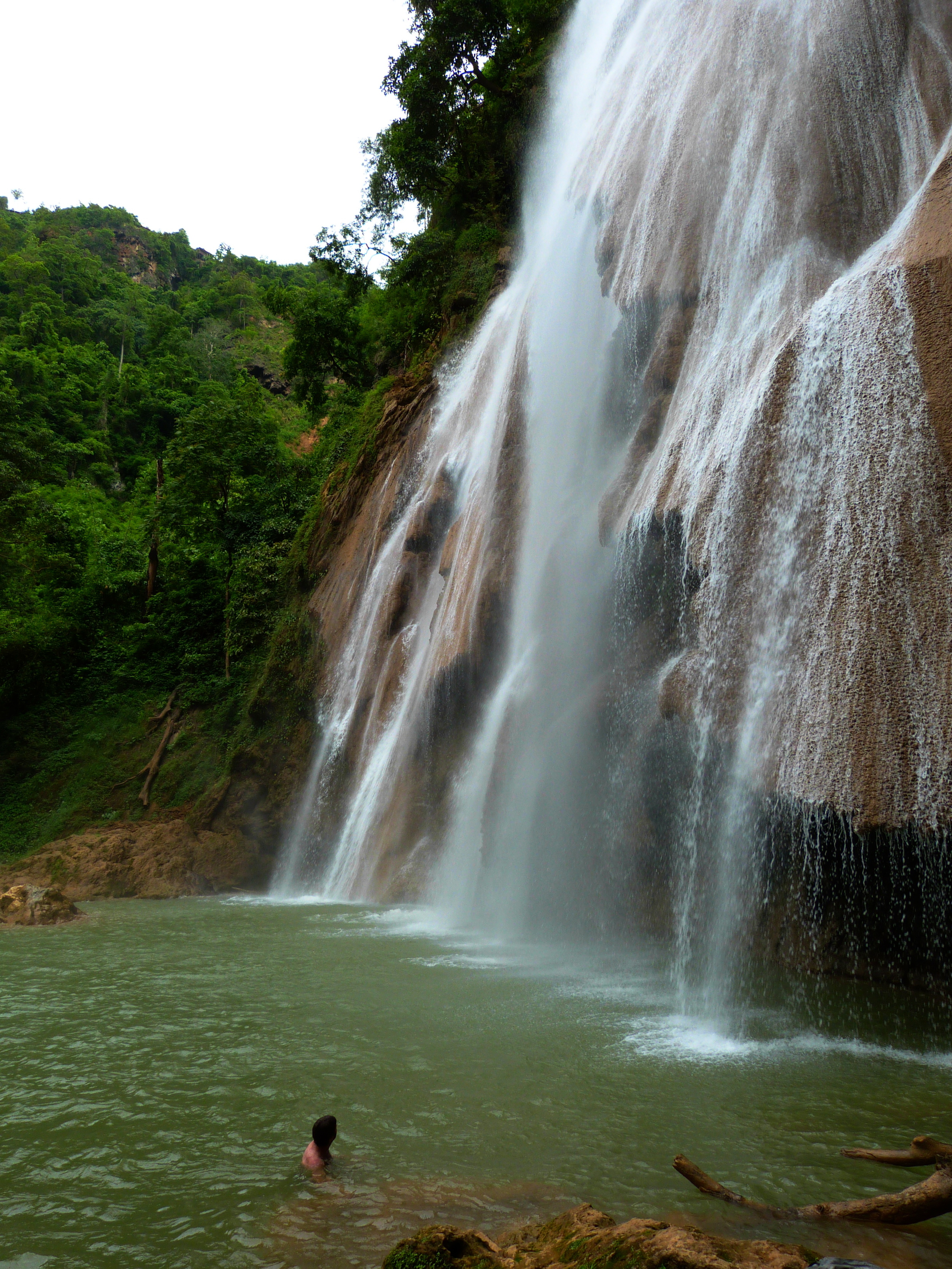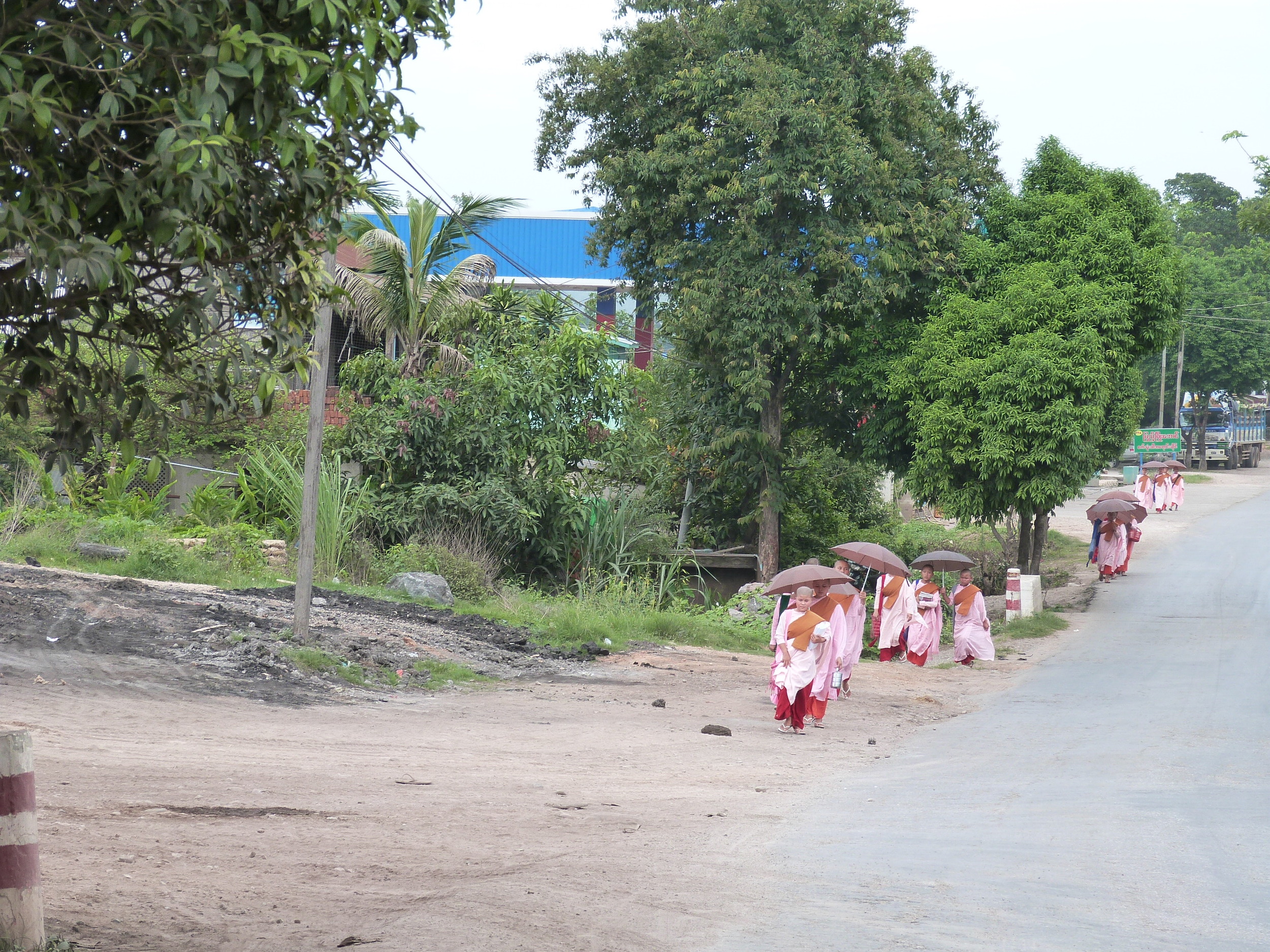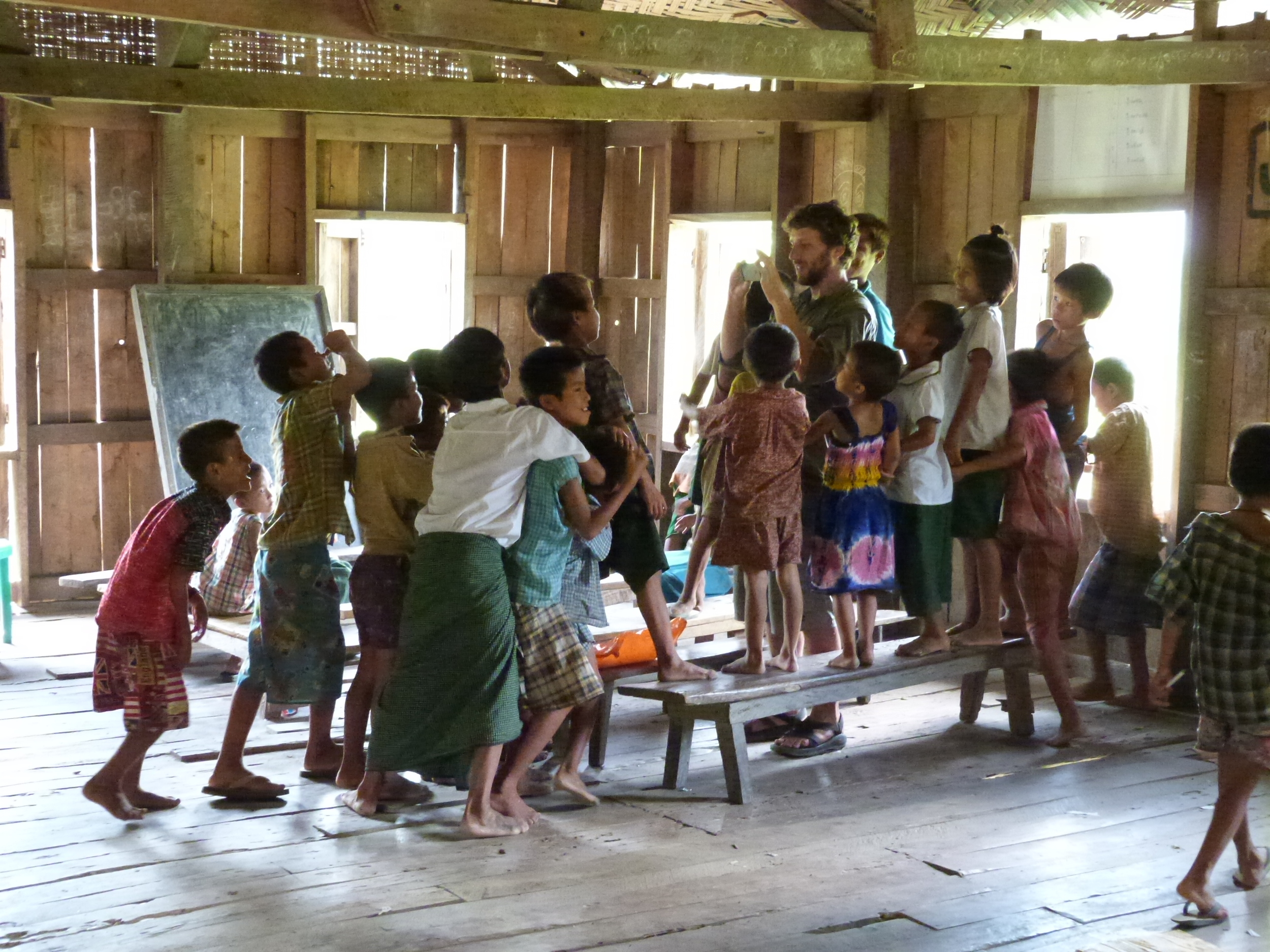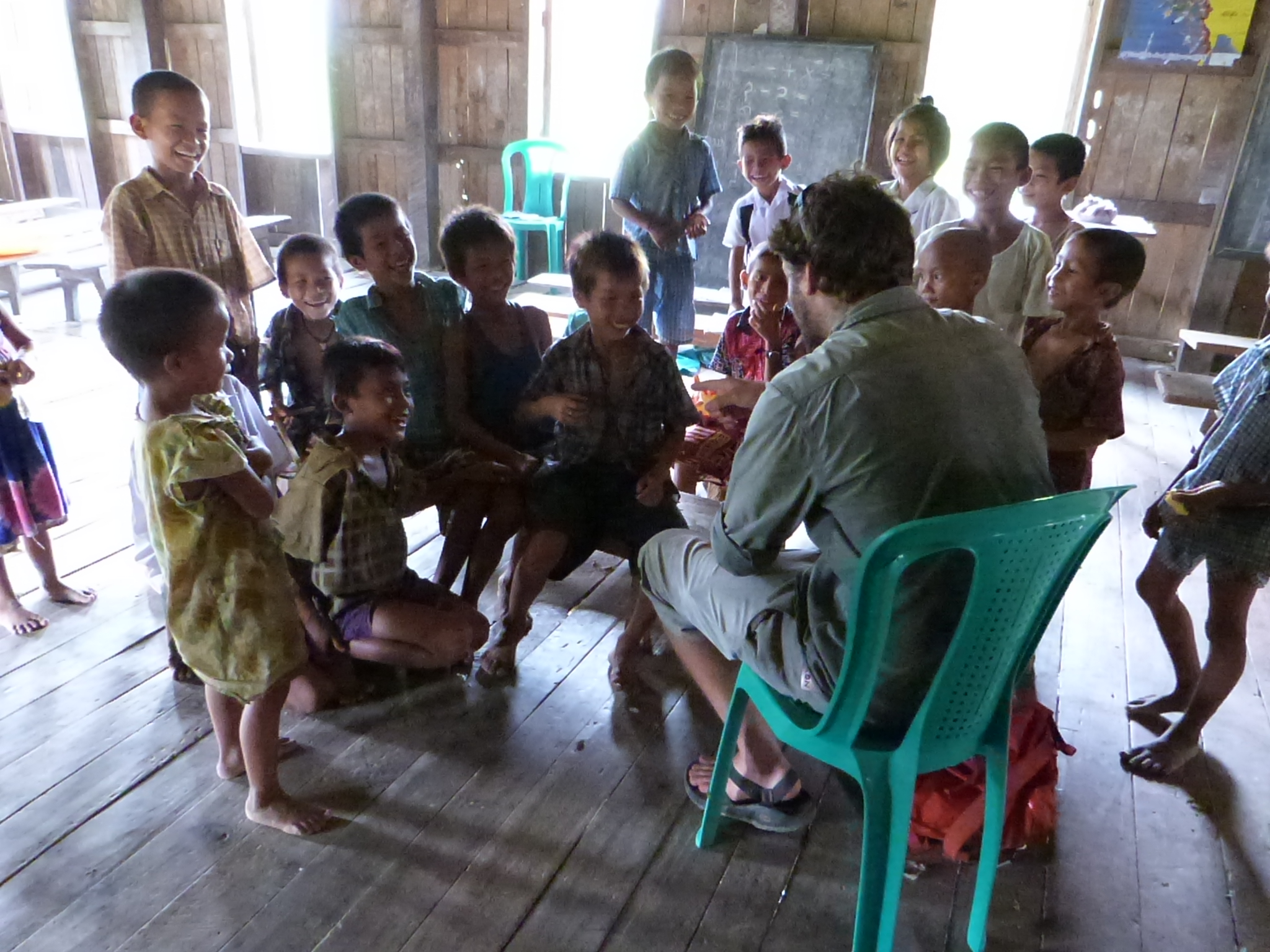There is so much to tell about my experience in Myanmar that I don’t know where to begin. Over 28 days I traveled virtually non-stop in order to see as much of the country as I could. I spent over a quarter of my nights catching a few hours of sleep, at best, as I took night trains or buses to new places. It could be exhausting at times, but looking back it was well worth it.
If you’ve heard anything about traveling Myanmar then you know about the popular destinations of Bagan, Inle Lake, Mandalay, and Yangoon. All fantastic sites, but the gem of Myanmar during my travels was Mrauk U.
Mrauk U
Mrauk U, entertainingly pronounced “meow-ew,” is a historically significant town in the Rakhine State of western Myanmar, situated up river about 50km from the Bay of Bengal. The Mrauk U Kingdom existed from the 15th century until 1785 when Burmese forces invaded the area. Named after the capital city at the time, the Mrauk U Kingdom is remembered as the golden age during Rakhine history.
Mrauk U
Mrauk U is very different from the capital city it once was. Vastly decreased in size, population, and wealth, the town of Mrauk U seems to exist only to support the small villages nearby and the farmland beyond. The majority of tourists are drawn here to visit the temples and pagodas that were built during the golden age.
Every time you round a corner in Myanmar, whether it is in a major city or a village on the verge of falling apart, there is a strong chance you may find yourself in front of a beautiful pagoda. After over two weeks of travel in Myanmar, the temples of Mrauk U were not enough to convince me it was worth the 15+ hour travel both ways. I didn’t visit to see the temples; I came to meet the women of the LeTu Chin tribe who live a short boat ride upstream.
The Women of the LeTu Chin
After a two hour boat ride, I arrived upstream to my first LeTu Chin village. My guide, Kosoe, who became an integral part of my time in Mrauk U, led me through the village. He gathered together several older women whose faces were tattooed with a spider web design. As we sat down we were treated to fresh mango, noodles, and tea. I spent the first few minutes digging into the food and observing the women talk to one another. I switched my brain into overdrive mode as I prepared to learn as much as I could about the LeTu tattoos and history.
The story begins over one thousands years ago, when the king of Burma to the east took a woman of the LeTu Chin tribe by force. Reportedly taken for her beauty, the LeTu men and women feared further abductions in the future. The heads of many of the major Chin villages gathered together and decided that all women would have their faces tattooed to hide their beauty.
From this decision a tradition was born that would last for more than one thousand years. Before the age of ten, while the skin is still soft, girls were taken to receive their tattoos. Not every village had someone who was trained to give face tattoos. Tattoos artists would travel through villages to administer the tattoos to all of the girls in the village aged 8-9 years. Occasionally, girls would be brought to the village of a tattoo artist to receive the tattoo to make sure she received it before the age of ten.
Over time, the tattooed faces became normal and even desired by the men of the villages. Having a tattooed face meant you were pure and virginal, while a woman without a tattoo, a rare case, would not be sought after by a man because of the fear she may be taken from him.
A LeTu woman showing the scarves she weaves.
The practice of tattooing women is now no longer practiced. I assumed it was because the reason to fear abductions is non-existent in today’s society or possibly the effect of religion (like Nagaland). I was wrong on both accounts
The tattooing has stopped because the knowledge passed down from one artist to another is almost entirely gone. You can count on one hand the remaining people alive who hold the knowledge of the LeTu tattoo process. But why had the knowledge stopped being passed down suddenly after one thousand years?
The answer is modernity, or more specifically, Burmese movies. The influx of outside cultural views on beauty was able to end a painful, marring tradition. Tattoo artists could no longer find women who were interested in learning the trade and non-tattooed women were more widely accepted in villages.
I walked away from the conversation with the four tattooed women in shock. I felt as though I must have missed something. I turned to Kosoe to clarify a few items.
Had any other woman been abducted by the king of Burma or anyone else?
No.
Was there any other reason or event that played a part in why women had their faces tattooed?
No.
I was lost in thoughts that swam beyond bewilderment. One person was abducted, once, by a foreign power and as a result an unknown number of women had their faces tattooed over a period of one thousand years. It is hard for me to understand the decision made by the leaders, the effect it had on the culture, and the commitment shown by the LeTu people for over a millennium to, what I would consider, an over reaction to an isolated event.
A tattooed LeTu woman with her daughter and granddaughter.
The day trip up the river to visit and chat with the women who were inked with spider web face tattoos is a highlight of my time in Myanmar. Besides sharing their stories with me, they were upbeat, engaging, and a joy to spend time with. They are happy their daughters and granddaughters will be spared the practice (as am I), but they aren’t ashamed of their tattoos. For many it was traumatizing event, while others looked forward to emulating their mothers and sisters. Regardless, after two more generations of LeTu Chin women fade away, the tattoos will be gone and slowly forgotten. I felt lucky for having the chance to speak with them.
Temples, Stupas, Pagodas, and Monasteries
Myanmar is covered with Buddhist structures all over the country. It is easy to become numb to the beauty of such sites when you begin to see them everyday, but a few stand out during my time in Myanmar that are worth sharing.
Bagan
Situated between Mandalay and Mrauk U is the ancient city of Bagan. Famous for the thousands of temples and pagodas that were built from the 9th to the 13th century, Bagan is the reason many people travel to Myanmar. The landscape is exceptionally picturesque at sunrise and sunset and during peak tourist season you can take a hot air balloon to get a full panorama view of the area.
Bagan at sunrise.
My wonderful Myanmar travel partner, Sarah.
Hpa-An
Only a few hours from the Myawaddy-Mae Sot border crossing with Thailand, Hpa-An is an ordinary town with extraordinary food surrounded by fun activities out in nature. From day hikes on monastery-topped mountains to exploring Buddhist caves, I thoroughly enjoyed my last destination in Myanmar. My favorite monastery and pagoda combination in the whole country is the Kyauk Kalat Monastery, a 15-minute drive from town.
Kyauk Kalat Monastery
Another fascinating short trip from town is the bat cave. The family that lives underneath the bat cave releases the bats prior to sunset every evening. Members of the family beat on plastic fuel containers to usher the bats out of the cave. If you watch the bats closely you can see them bounce in the air as the music disrupts their echolocation. The stream of bats seemed never ending. I left after twenty minutes, but the outpour of bats from the cave never diminished.
Mrauk U
While I didn’t travel to Mrauk U to see the temples, I have to admit they were captivating and worth a visit if you are already in the area. My favorite one was the temple of 90,000 Buddha images, known as Kothaung Temple.
A Buddhe statue surrounded by smaller Buddha images.
Rows of Buddha statues.
Small pagodas surround the outside of the temple.
Due to an earthquake the roof over much of the temple was destroyed. This allowed sunlight and water to give life to the moss and plants that now grow around the exposed Buddha images. The combination of plant and stone made these images of Buddha and the temple in general one of my favorites in Myanmar.
Hiking from Kalaw to Inle Lake
One of the best ways to interact with locals, gain insight into the local lifestyle, and view beautiful scenery in Myanmar is to hike from Kalaw to Inle Lake. For many travelers Inle Lake is in itself a highlight of Myanmar, but for me it paled in comparison to my trip getting there.
A beautiful view from just outside Kalaw.
The hike brings you through small villages and cuts straight through farmlands bringing you face to face with people working their land. I knew we were near a village or town from the sounds of the school children yelling in their classrooms. In the evening you could come across a game of caneball being played.
Farmland and rice paddies between Kalaw and Inle Lake.
Local women working in the fields.
Hand weaving baskets from bamboo.
Kids playing caneball outside a village.
Arriving at Inle Lake capped off the adventure. Inle Lake is a beautiful body of water surrounded by hills in every direction. The edges of the lake are full of floating gardens and local fisherman ply the waters, balancing on one end of their boats as they dip nets into the water.
A fisherman at Inle Lake.
A farmer at Inle Lake.
Floating gardens beside a famers hut.
Traveling Around Myanmar
Getting from one destination to another is remarkably easy in Myanmar. There are generally multiple buses a day leaving between popular areas, and generally always a way to get to where you want to go. When I visited places that were off the general tourist loop, like Mrauk U or Indawgyi Lake, there were signs of newer roads and more bus routes. From the train station to Indawgyi Lake, the largest lake in Myanmar situated in the north, you had to take a uncomfortable 3-4 hour long bumpy ride. Now it is a smooth 1-2 hour (depending on the deliveries your car makes) trip.
Previously you had to fly to Sittw, a city on the Bay of Bengal, and then take a boat upstream to reach Mrauk U. I took new night buses that had only begun running a few weeks earlier. The roads are being improved all over the country and more bus lines will continue to develop routes that reach different areas. On the road to Mrauk U there are checkpoints where you must show your passport, but it is a quick and easy process that should not cause any problems for travelers.
If you read reviews about places where the roads are terrible there is a large likelihood that they have been improved in the past six months. The government is investing money in improving transportation and everything else related to developing tourism in the country.
Getting to Thailand
The overland border crossing between Myanmar and Thailand is a breeze. There are four crossing points for foreigners and I crossed from Myawaddy to Mae Sot. I took a van from Hpa-An and was dropped off 3 hours later at the gates of the friendship bridge that connects the two countries
Myanmar gate to Thailand
Thailand border control.
I handed my passport over to the friendly Myanmar immigration agent, who applauded my skill at exiting the country on the day my visa expired. I am usually always keen to move on to somewhere new without looking back. Yet the friendliness of the immigration agents made me a bit nostalgic. I shouldered my backpack and paused before the exit door office and took a deep breath to reflect once more on my time in such a wonderful country.
Myanmar was a fantastic place to visit. The people are incredibly friendly and the smiles I received everyday were refreshing and brightened your day. Even the taxis, guides, and street merchants were respectful. They listened when you said “no thank you,” and were still more than happy to help you with directions. The attractions are beautiful and the food simple, yet delicious.
With one last smile and wave, I pushed open the door and stepped out into the sunlight. Turning east with a spring in my step, I made my way across the bridge to Thailand.
